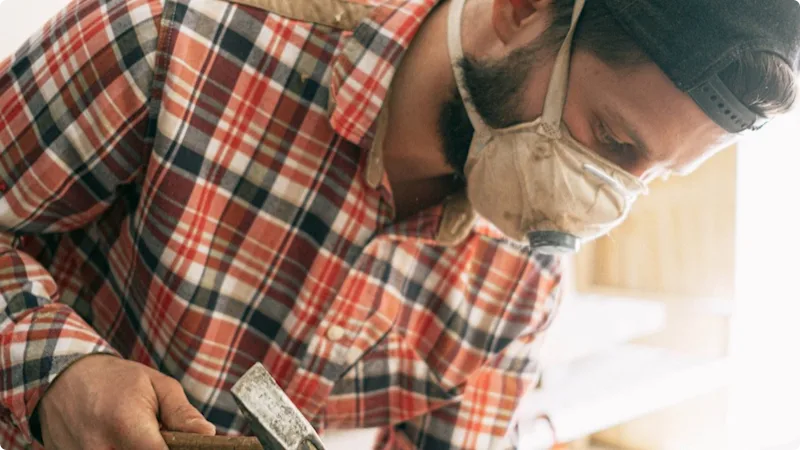Asbestos might feel like a thing of the past, but for homeowners of properties built before 2000, it can still rear its ugly head. That’s because asbestos only became a prohibited substance after 1999 in the UK. If your home predates this ban, it may still be present in your home. However, don’t panic, because this is where asbestos surveys come in.
At Resi, our aftercare team helps our customers start their build safely, and part of their job is to advise on the potential presence of asbestos. We caught up with them to learn more about what an asbestos survey is and when you might need one for your home.
What is asbestos?
Asbestos is a fibrous mineral that crystallises to form fibres. Because these fibres don’t dissolve in water, evaporate, and because they’re also resistant to heat, fire, chemical and biological degradation, it was often used in construction.
When whole and intact, asbestos is not considered harmful. However, when damaged, asbestos can release small fibres that are easily breathed in or swallowed. If ingested, this can lead to a condition known as asbestosis that can make a person more vulnerable to certain types of cancer.
Asbestos comes in two varieties - serpentine and amphiboles. Serpentine, also known as chrysotile or white asbestos, is generally less harmful than its cousin amphibole, which can also be known as blue or brown asbestos. Amphibole varieties of asbestos have been banned since 1985, while white asbestos was added to prohibition in 1999 and is generally the most commonly present type of asbestos.




